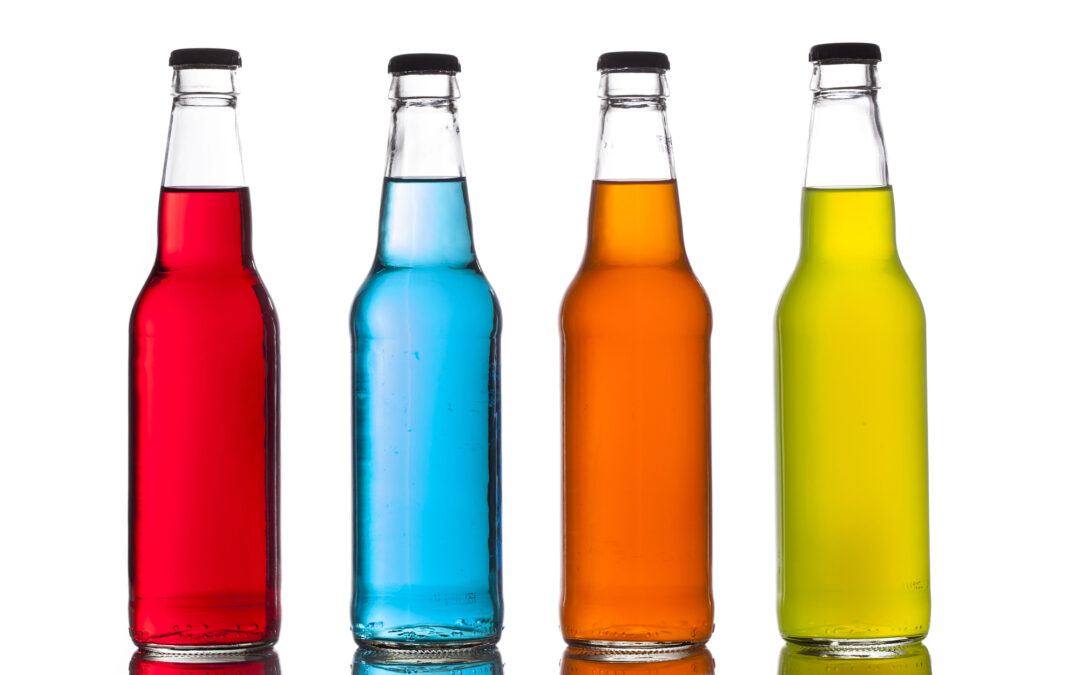The Artisan Movement Takes on the Soft Drink
Non-alcoholic carbonated beverages have been around for about 250 years, invented in England by Joseph Priestley, who placed a bowl of water over a vat of fermenting beer in 1767. Some 20 years later, Jacob Schweppes sold the first commercial carbonated soft drink (though it was unflavored and unsweetened). Initially considered a medicinal product, soda/pop became a favorite of prohibitionists during the temperance movement. By the 1870s, a form of soda called a “phosphate” became popular, commonly found at drug stores across the nation.
The invention of Coca Cola in 1886 changed all that. The success of the beverage caused an explosion in the available beverages. Over the years, creative sorts have introduced a virtually endless array of flavors, including celery soda, bacon soda, turkey and gravy soda, black garlic soda, onion soda and buffalo wings soda.
What Makes a Soda a Soda?
The ingredients are simple—water, flavorings, sweetness (if desired) and carbonation. Some sodas include caffeine and many also have phosphoric acid (hence the term “phosphates”). The sweetener in most pop is typically high fructose corn syrup, a processed liquid sweetener derived from corn starch. The calories that come from high fructose corn syrup provide little nutritional value, which has fueled many of the modern innovations in soft drinks.
Replacing Sugar with Other Substances
Most of the new offerings in the soda market substitute some other substance for some or all of the sugar. Some companies use real fruit juice for some or all of the sweetness, but real fruit juice still contains certain types of sugars, which still bring significant calories without much nutritional value. Most “diet” or “low-cal” sodas use some type of artificial sweetener. The two most commonly used sweeteners are:
- Sucralose, which is more than 600 times sweeter than sugar with no added calories
- Aspartame, the first well-known artificial sweetener, is about 200 times sweeter than sugar. Aspartame isn’t technically calorie-free, but dramatically reduces the calorie content of food and beverages.
Other artificial sweeteners found in sodas include neotame, saccharin, and Ace-K (Acesulfame potassium)
The World of Craft Sodas
In the mid-20th century, the soda world saw the beginning of a consolidation of brands, with many mom-and-pop sodas disappearing from the market. The artisan food and craft beer movements, though, have come to the soda world. As both bottling and canning techniques have improved and become more cost-effective, there’s also been increased consumer demand for variety. Industry watchdogs expect sales of craft sodas to top $1 billion in annual sales by 2030. Some brands are already well-known, including Jones, Original Stewart’s and Boylan, but chances are you’ll continue to find more and more options in the beverage aisle at your local grocery store.

